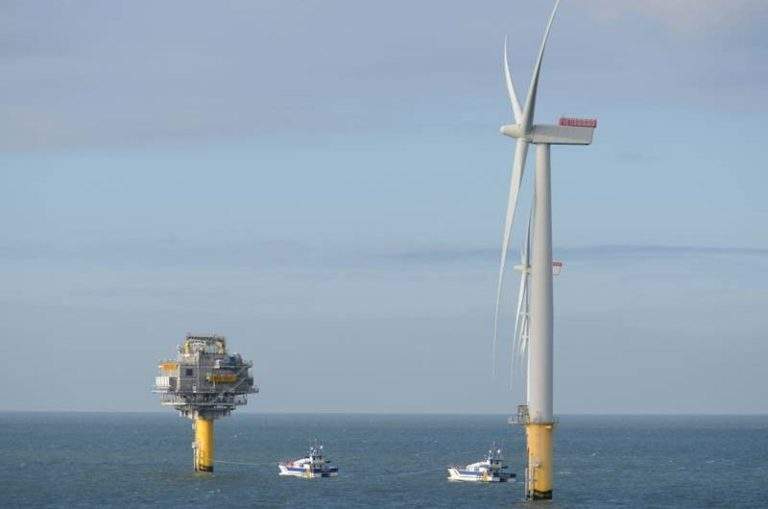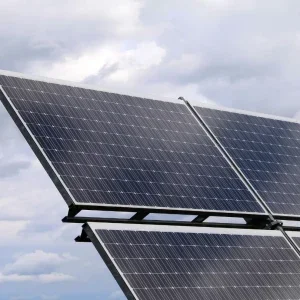
When constructed, Aeolus Energy claims that the vessel will be Jones Act compliant and will serve as the initial Aeolus investment into a fleet of vessels including cable ships, crew transfer vessels and hotel ships, from installation through decommissioning.
With this contract, Aeolus is planning to construct each of its vessels at US shipyards. The company claims that its fleet will be fully Jones Act-compliant and will include vessels that span the full range of offshore wind farm requirements. Currently such a fleet does not exist in the US.
Aeolus Energy CEO Elia Golfin said: “The design and ultimate construction of these vessels will result in significant job creation and is a demonstration of confidence in the American shipbuilding industry.
“We are excited to be working with Ulstein, an established market leader in vessel design for offshore wind. We look forward to pushing the envelope in the offshore wind industry where Jones Act-compliant vessels are concerned.”
Aeolus Energy has selected Ulstein for its Service Offshore Vessel based on its proven SX195 design. The vessel will be fully customized to Aeolus’s specifications, and will be constructed at US shipyards.
Ulstein deputy CEO Tore Ulstein said: “Ulstein is proud to have been selected as design partner by Aeolus for developing the United States’ first purpose built SOV vessel.
“With our track record in SOV designs and supporting yards worldwide in building our innovative designs, we are committed to support Aeolus and its chosen US shipyards in realizing Aeolus’ new fleet development and jointly set the standard for excellent, Jones Act-compliant offshore wind vessels.”
In April, the company announced major plans to expand its offerings in the developing US offshore wind market. It is planning to build jack-up vessels that can install 10MW and 12MW turbines. It plans to have cable-laying ships that can install both medium and high voltage marine cables.
It also plans to build service operations vessels to offer large-scale accommodation at sea for workers and a fleet of crew transfer assets including vessels and helicopters, along with port facilities in Massachusetts and Maryland.






